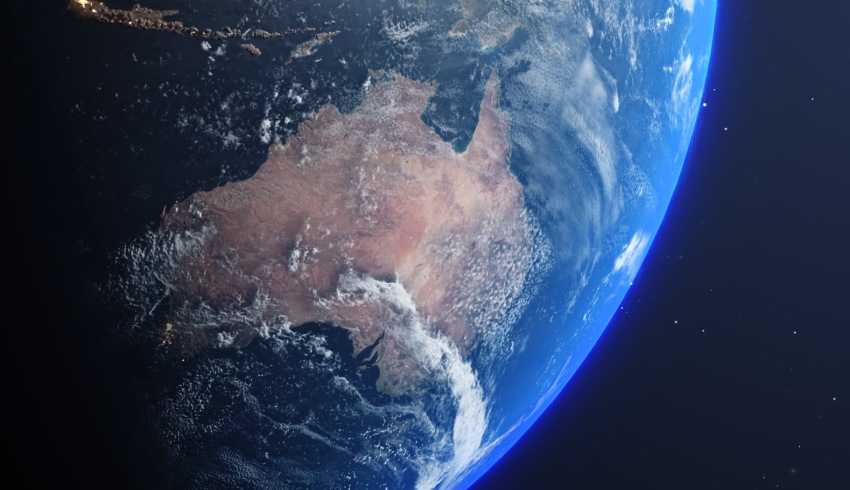Dr Moss, who is a senior lecturer at Griffith University and has been studying the space industry for decades, told the Space Connect podcast the industry is “fragmented” and lacks direction.
In a recent paper published by the University of Western Australia’s Black Swan Strategy, he highlighted that a whole-of-government space policy is required to shape Australia’s space trajectory over the coming decades.
“At the moment, there's a lot of fragmented approaches to space across defense, industry, scientific and research organisations, such as CSIRO, and also universities, and also, arguably what the public thinks we should be doing in space,” said Dr Moss.
“There's nothing that draws them together, so, my argument is that we need to have a policy that draws all those different areas of Australian space activities together.”
The industry within Australia was slow to start after only having created an agency in 2018, and still remains second to last among the G20 nations in regard to national civilian space programs.
Australia has predominately focused on satellites and remote sensing, and only now is ramping up operations in rocket manufacturing and launch capabilities.
While it continues to flesh out as more companies join the industry across the nation, Dr Moss argues that Australia should not just adopt consultation between departments but have overarching policies that guide them.
“By having a fragmented approach to Space Policy, we're not using our resources as well as we could,” he added.
“I don't think there's much of a public conversation about space such that there's not as much political will to spend money on space, because there's no argument about where we might go in space.”
In July, James Brown, the CEO of the Space Industry Association of Australia wrote an article for The Australian Financial Review which said that the agency’s $13 million annual budget is “miniscule” to competing nations.
“We have more catching up to do,” he said.
Brown also critiqued Australia’s inaction of establishing the space agency as a permanent, statutory body, which was recommended again by a standing committee in early December.
Dr Moss said that while Australia should not become an “America-lite”, there is much the nation can learn from the national policy it adopted in December 2020 under the Donald Trump administration.
The policy focused on promoting the private industry, upholding the safety of space, international cooperation, sustainability, extending economic activity in deep space, increasing the quality of life for humans and preserving US leadership.
While there are similarities in Australia, Dr Moss said each department adopts severely individual interests without cross area goals.
He said the Australian Civil Space Strategy 2019-28, the impending Defence space policy and the Australian Space Agency need to “get in a room and mesh” interests together.
Over the decades Australia has been involved in space, it has been scrutinised for being too reliant on international partnerships, especially the US.
Dr Moss said critique of Australia in this area depends on what the nation wants to achieve.
“If our goal in space is very small and if the amount of money we want to spend on space is very small, then we will probably need to rely on the United States, because we don't have any other choice,” he said.
“If Australia wants to do a lot more in space, and have control over its own space assets, then certainly, we should start pulling back from some of those cooperative arrangements and developing our own.”
He said this is evident through the JP9102 mission, which is a nationwide collaboration slated to deliver a sovereign military satellite system to the Australian Defence Force – dubbed the MILSATCOM.
The Australian government has invested up to $3 billion into the project, aiming to reduce reliance on the United States' defence capabilities, including the US military’s Wideband Global SATCOM (WGS).

Isabella Richards
Bella Richards is a journalist who has written for several local newspapers, her university newspaper and a tech magazine, and completed her Bachelor of Communications (Journalism) at the University of Technology Sydney in 2020. She joined Momentum Media in 2021, and has since written breaking news stories across Space Connect, Australian Aviation and World of Aviation.
You can email Bella on: [email protected]

